Affiliate links on Android Authority may earn us a commission. Learn more.
In 10 years, what will a nostalgic phone look like?
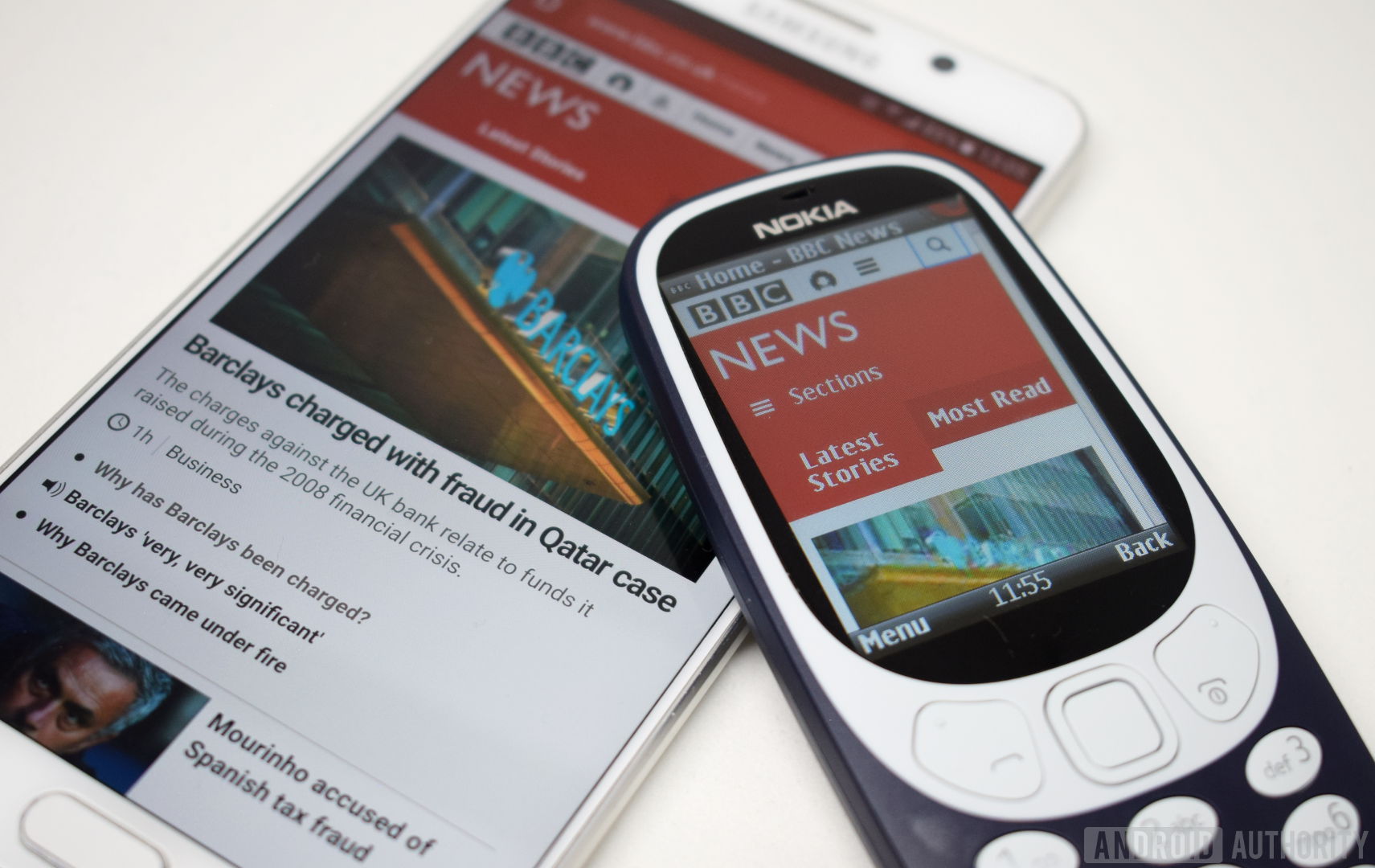
There still seems to be a bit of a market for nostalgia products these days, including in the phone industry. HMD Global’s recent revamp of the classic Nokia 3310 is a prime example, and there’s also this year’s BlackBerry KEYone handset for what remains of the physical keyboard phanatic crowd. While some see these phones as little more than nostalgic cash grabs, these phones exist to cater to those who still prefer to use pieces of now, arguably, obsolete technology.
Read Next: What will smartphones of the future look like? Here are 6 (crazy) predictions
Some of us old timers have already experienced the end to plenty of mobile technologies which, at the time, it would have been impossible to fathom doing without. Tactile keys and physical keyboards are now viewed with quaint nostalgia, and accompanying ideas like T9 text prediction are all but forgotten. Trackpads, clamshell designs, and even week long battery life are looked back on fondly, but are features happily sacrificed to superior and more convenient technologies – like the touch panel, screen real-estate for videos, and superior processing power.
So what about in 10 years time, what would a phone released partly for nostalgia, such as the new Nokia 3310, look like a decade from now?
There are already trends that have appeared in 2017 which give us a few pointers about where future technology could be heading. Bezels and capacitive buttons are probably the most notable bits of hardware ditched from some of this year’s flagships. Samsung’s bezel-less Galaxy S8 is a bold new design for a long running series, and the LG G6 and Mi Mix also show the desire to further trim the fat from our phones. Any why not? It let’s us bump up screen size without making our phones any bulkier, and these handsets look super sleek.
It’s plausible that future handsets owners could look back on bezels and physical buttons as a necessary compromise at the time, simply because we were bound by the technical limitations of display, antenna, and fingerprint scanning technologies. This is much the same as the way we look back at the old need for physical keyboards before touchscreens came along. In fact, looking at weird display setups like the Essential Phone and it might not even take 10 years before the phone form factor we’re all so familiar with ceases to be.
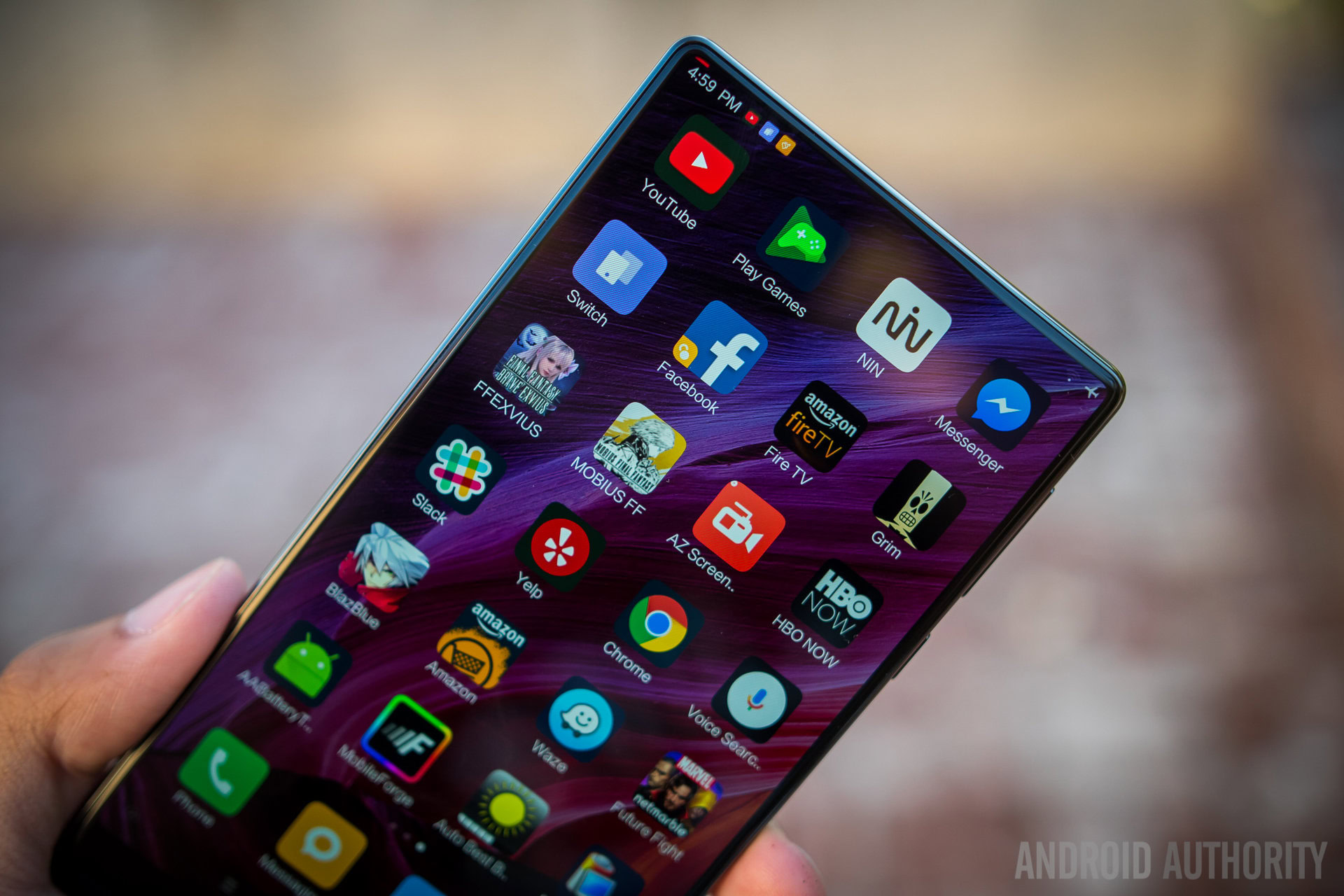
Speaking of displays, it also wouldn’t be unreasonable to assume that 720p and even 1080p resolutions will be viewed as archaic by 2027, especially if phones are still going to be intertwined with virtual reality applications. It’s always fun to remember a spec race that seems so silly by modern standards. I wouldn’t be surprised to hear reminiscence along the lines of “1080p? Oh how retro, you couldn’t even do VR with that!” Not to mention that faster data, combined with cheaper and superior display tech, and higher resolution content means that 4K will almost inevitably become the new norm in phones, even if it’s considered overkill by virtually everyone today.
Thick bezels, a 3.5mm audio jack, and phone's that couldn't display VR could well all be foreign ideas in 10 years time.
The past year or so has also set some precedents that are upsetting the status quo, and we could be in the midst of witnessing a major technological change. Phones ditching the 3.5 mm headphone jack and the lack of removable batteries are probably the biggest two recent bugbears.
However, both might not be viewed with such disdain in the future, as fast and wireless charging offer some solutions to battery life, and other hardware components push down their power requirements too. If wireless audio continues to improve in quality we might even hop over the venture into USB Type-C audio entirely too.
Speaking of which, perhaps wires in all forms will be looked back on with nostalgic interest in a decade or so. Enough companies are working on wireless power and data connections that we may never actually need to plug our phones into anything in the future. Of course, that will require some form of consensus on which technologies to use, and that doesn’t appear to be very forthcoming right now when you look at wireless power.
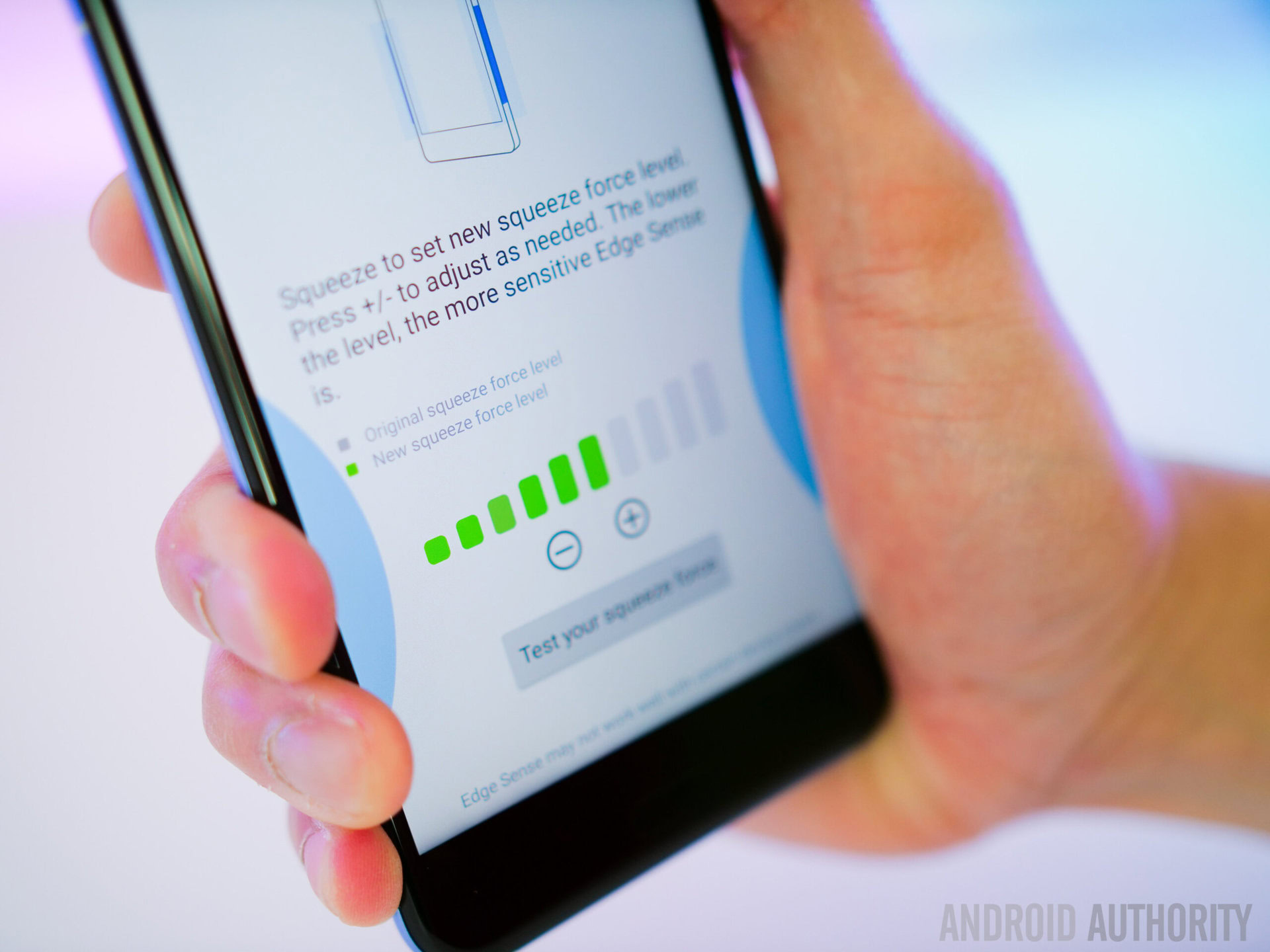
Then there’s the failed experiments, the likes of the the Galaxy Beam pocket projector, the optical zoom Panasonic Lumix CM1, and the short lived flexible LG G Flex range. Although maybe these are a little too niche to ever be remembered en masse, these are certainly ideas that could be revived again at some point in the future.
Modular phones are probably the most memorable failures in recent smartphone history, with the likes of the LG G5 and the Moto Z not reaching the lofty expectations set by their creators. Still, Lenovo is sticking to the idea for now and the Essential Phone boasts some modular accessories too, so perhaps the ideas isn’t done yet.
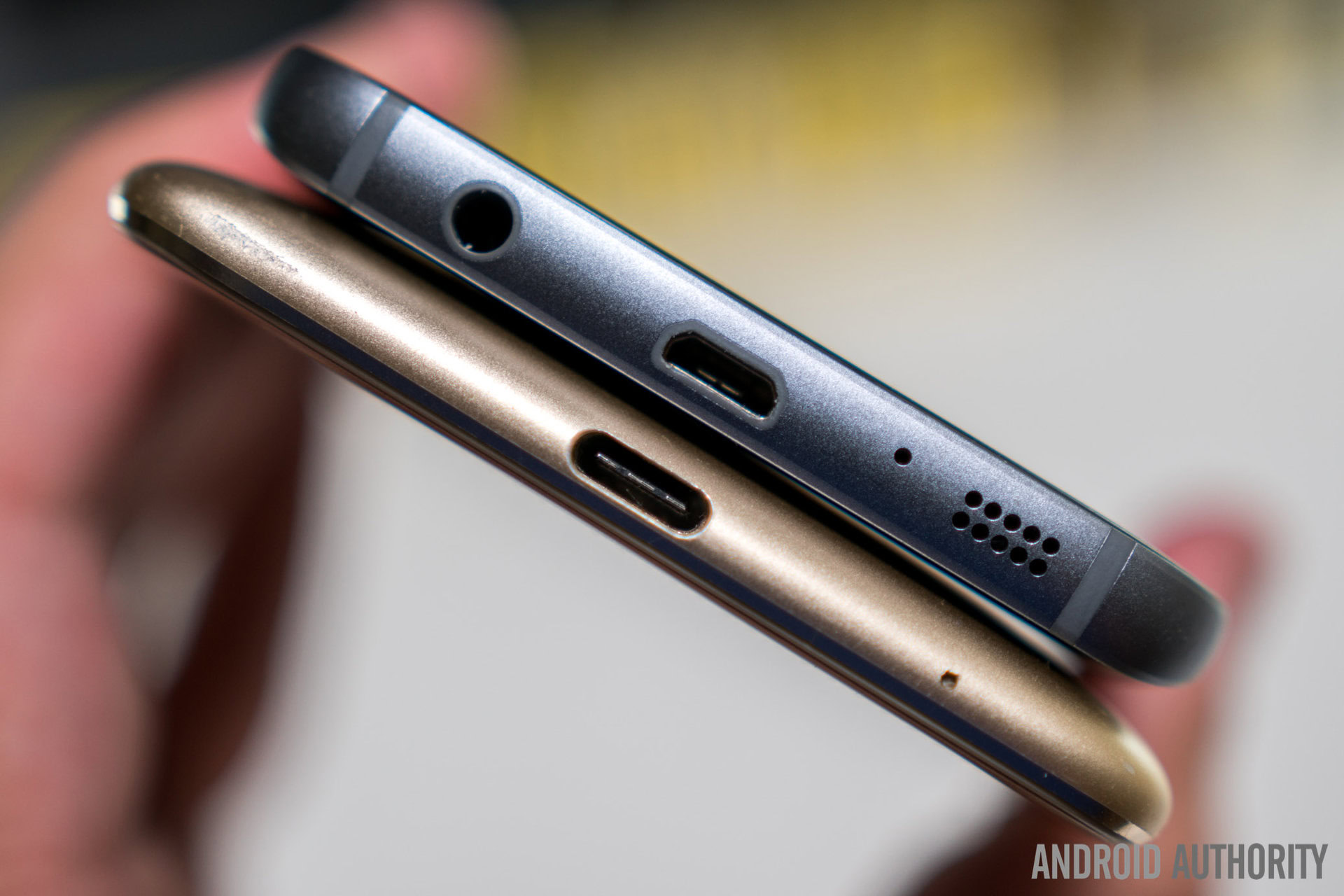
Ok enough hardware talk, what about software. Few pine for the days of Symbian, Palm OS, and the various embedded OS from the feature phone years, by modern software standards, but they’re still remembered fondly by some. Technically there’s no guarantee that Android or iOS won’t be replaced by a decade’s time, especially if we’re ever to see a united operating system that functions across PC, portable, and smart home ecosystems. Even if the OS endures, it will surely look and feel very different in a decade.
Another new trend this year is in virtual assistants, and these already make early voice assistant and contextual search features positively medieval by comparison. Google Assistant, Alexa, and Bixby are far more interactive than older ideas like S Voice and Google Now, and will only continue to evolve to perform more and more functions. Given the speed at which Alexa is expanding, any smart product that doesn’t include some form of voice control might be viewed wistfully in the future.
Given the speed at which Alexa is expanding, any smart product that doesn’t include some form of voice control might be viewed wistfully in the future.
Then there’s the UI, perhaps the most obvious software difference that people will recall in 10 years time. Holo has already come and gone, and Material Design will almost certainly be replaced in the future too. The garish bright colors, rounded corners, and slight childishness of Android’s more recent appearance will almost certainly be remembered, for better or worse.
There’s also the app drawer, which has been ditched by few phones over the years, before being brought back by popular demand. Heck, even some of the more questionable OEM themes over the years were enjoyed by many. Early versions of Touchwiz certainly still stand out in many people’s minds, if for no other reason that it was the first UI that they associated with smartphones. Ultimately, it’s the memorable and popular features that end up being replaced by something better that will be most fondly remembered.
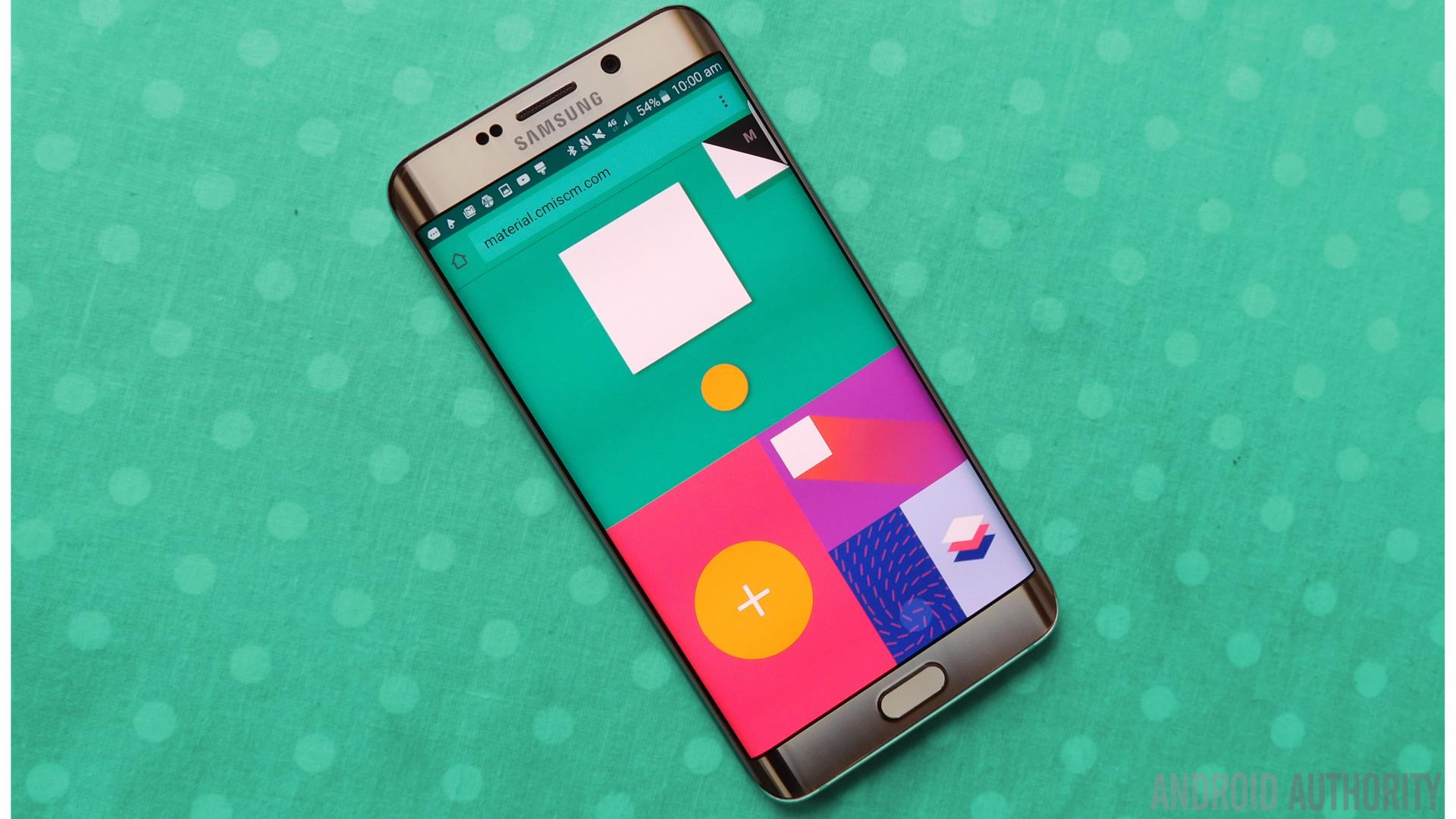
Between the move to thinner bezels, the lack of removable batteries, and continuingly evolving software, there’s already plenty of old Android designs that are constantly drawing comparisons to modern models. There’s many more things I could mention to, such as the first phones with metal bodies, handsets that appeared before IP water ratings, and the growing adoption of dual cameras. Even if we don’t end up looking back at any specific model or trend in particular, we’ve already seen enough variations and innovations in smartphones that many ideas, even the bad ones, are bound to be looked back on fondly.
But who knows, the smartphone might even be on the way out by 2027 and the whole concept may be remembered fondly by people wearing their portable computers or those chatting to the smart assistant that lives in a tiny earpiece. As we know, 10 years is a long time in today’s tech race.
What smartphone trends do you think will still hold nostalgic value a decade from now?